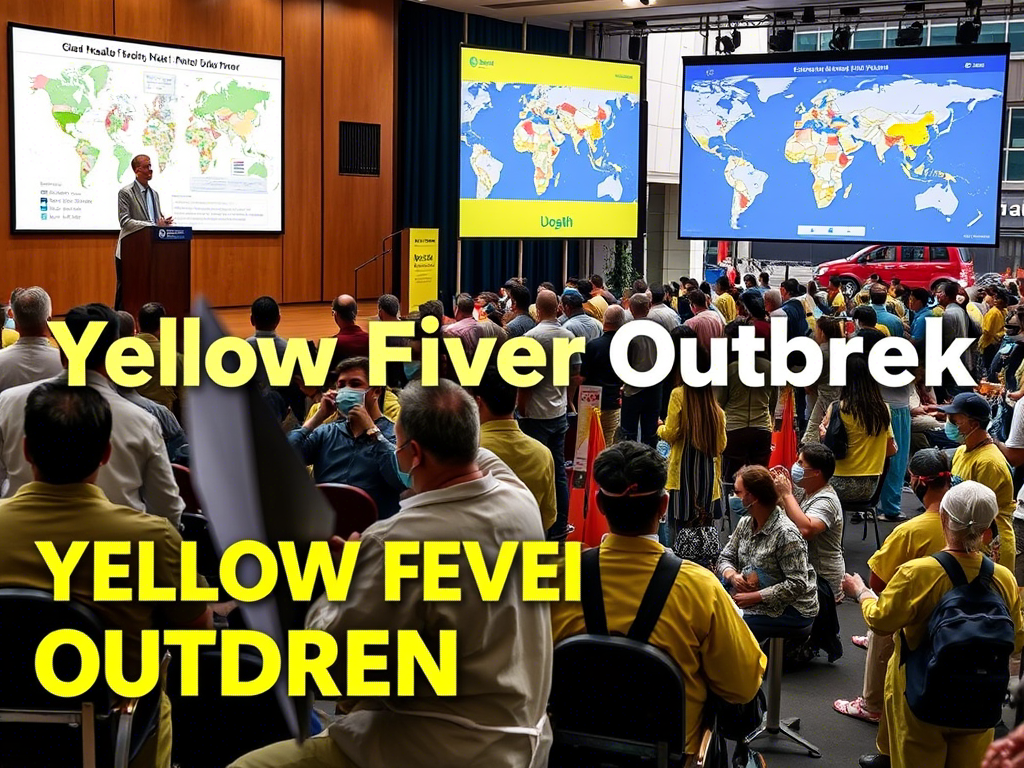As Yellow Fever Rises Again Experts Warn of a Crisis That Could Dwarf the COVID Era

As Yellow Fever Rises Again Experts Warn of a Crisis That Could Dwarf the COVID Era
Yellow fever is a serious viral disease spread by mosquitoes, historically responsible for deadly outbreaks across tropical regions of Africa, Central and South America.
Experts warn that the risk of its global spread has only grown over time. With recent outbreaks flaring up again in parts of Africa and the Americas, health officials are raising alarms about the possibility of it reaching Asia and the Pacific — a scenario that could have severe consequences.
A team of international specialists, led by Dr. Duane Gubler from the National University of Singapore, warns that a widespread yellow fever outbreak today could trigger a public health disaster far worse than what the world experienced during the COVID-19 pandemic.
“Given its high fatality rate,” they note, “a global yellow fever outbreak could make even the worst phases of the coronavirus crisis seem minor by comparison.”
Yellow fever has a long and troubling history of spreading across continents.
Originally endemic to Africa, the virus made its way to the Americas through the transatlantic slave trade, causing deadly outbreaks that devastated local populations.
By the 18th century, it had reached Europe and became known as the “American plague.”
The development of an effective vaccine in the 1930s, along with aggressive mosquito control efforts, brought urban outbreaks under control — especially in the Americas, where large-scale epidemics have been absent for over 80 years.
However, yellow fever mosquitoes have returned to much of the neotropics, and recent outbreaks in parts of Africa and South America have scientists on high alert.
Factors like low vaccination rates, rapid urbanization, increased travel, and weak mosquito control are raising concerns that the disease could regain its foothold — with serious global consequences.
According to Gubler and his team, tropical cities that have never dealt with yellow fever are now facing the highest risk of an outbreak in more than 70 years.
The Asia-Pacific region is especially at risk, they warn — home to over two billion people who’ve never been exposed to the virus, living in areas where yellow fever-carrying mosquitoes are already present.
While these mosquitoes aren’t currently spreading the virus in the region, they’re the right species to do so. If a traveler infected with yellow fever returns from Africa or South America and gets bitten by a local mosquito, the virus could jump into new insect populations — potentially sparking a dangerous outbreak among humans.
Modern megacities are now connected by massive international airports, through which billions of travelers pass each year — many returning from remote areas carrying diseases that can easily spread in crowded urban environments.
As one recent report warns: “If yellow fever reaches a non-endemic country — especially in Asia — it could easily be mistaken at first for dengue, leading to unnoticed transmission before the true cause is identified.”
So, what’s the solution?
Experts stress the urgent need to increase global access to yellow fever vaccines and boost immunization rates worldwide. Without this, the world will remain unprepared for a potential outbreak in new regions.
They also call for stronger disease monitoring — both in countries where yellow fever is already present and in those at risk of future outbreaks.
As UNICEF Executive Director Catherine Russell warned in April 2025:
“Immunization programs, disease tracking, and outbreak responses in nearly 50 countries have already suffered major setbacks — levels we haven’t seen since the peak of the COVID-19 crisis. We cannot afford to let preventable diseases gain ground again.”





